Find Help
More Items From Ergsy search
-

What to do about red legs
Relevance: 100%
-
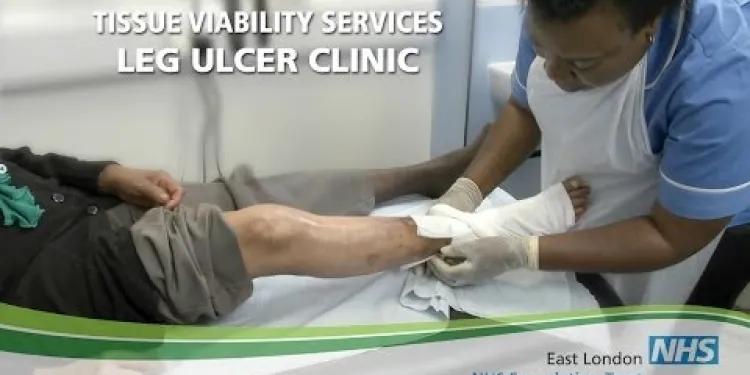
Leg ulcer see Venous leg ulcer
Relevance: 58%
-
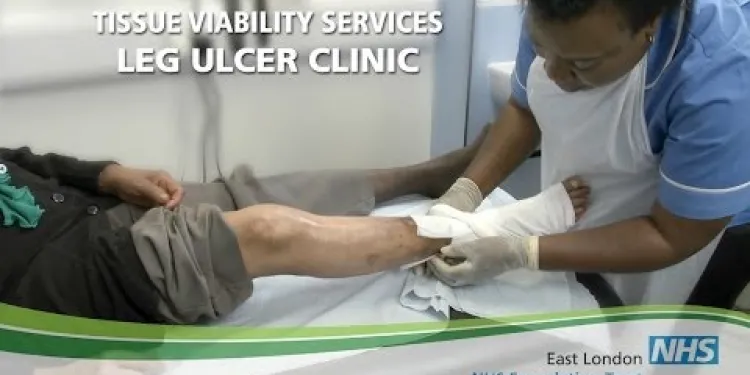
Leg Ulcers
Relevance: 57%
-

Leg amputation and life afterwards
Relevance: 50%
-

Is it dangerous driving to run a red light?
Relevance: 46%
-

2 episodes of cellulitis and been given antibiotics but the redness doesn't seem to be improving?
Relevance: 43%
-
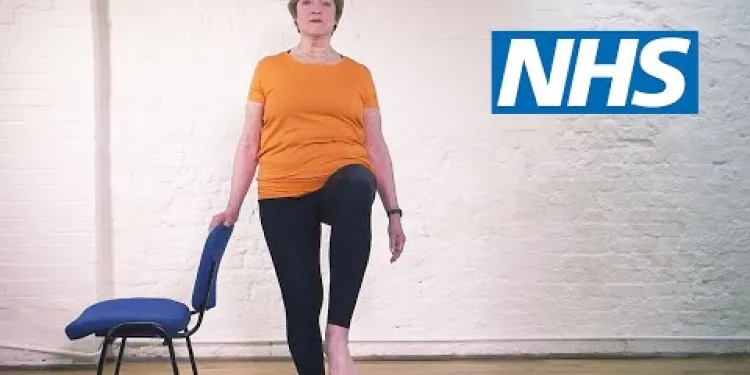
Pilates for back pain: Standing on one leg | NHS
Relevance: 40%
-

What are the symptoms of deep vein thrombosis (DVT)?
Relevance: 33%
-

What are the symptoms of arterial thrombosis?
Relevance: 21%
-
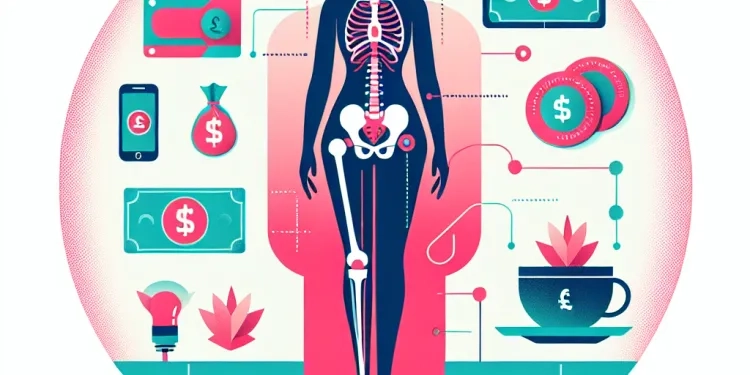
What are the risks associated with hip replacement surgery?
Relevance: 20%
-
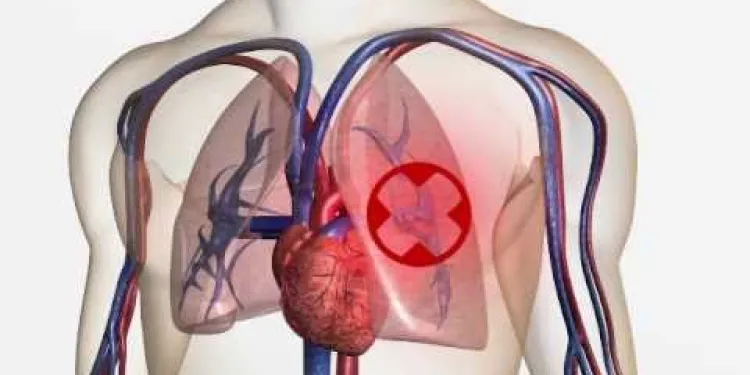
A guide to hospital-acquired deep vein thrombosis and pulmonary embolism
Relevance: 19%
-

Which spiders in the UK can bite humans?
Relevance: 18%
-

What are the main types of eczema?
Relevance: 18%
-

What is thrombosis?
Relevance: 17%
-

ACL exercises post-operation
Relevance: 17%
-
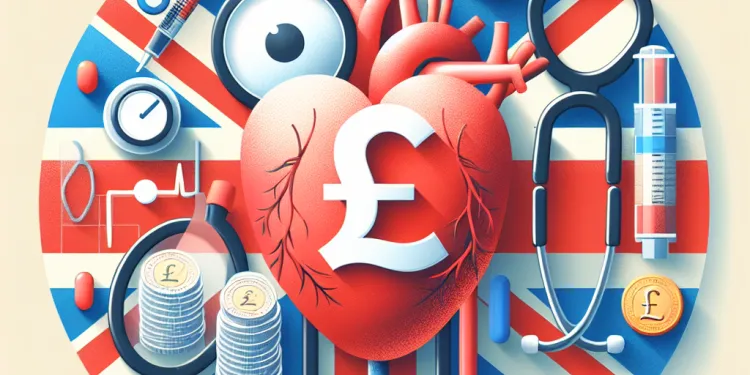
What are the types of thrombosis?
Relevance: 17%
-

How to put someone into the recovery position | NHS
Relevance: 16%
-

What are the complications of sickle cell disease?
Relevance: 16%
-

How can I tell if bites are from bed bugs?
Relevance: 15%
-

How big can spiders in the UK get?
Relevance: 15%
-
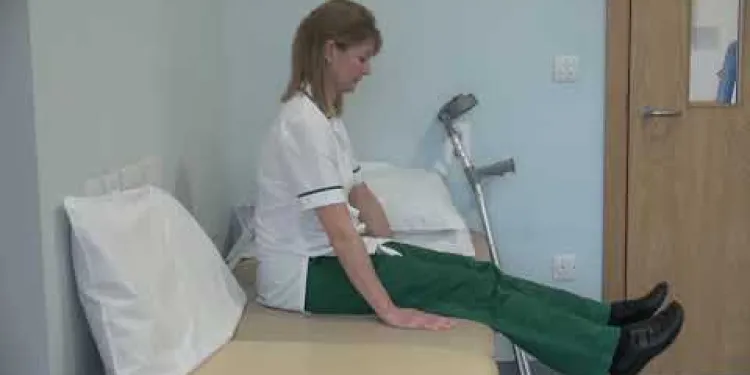
Hip replacement - getting into bed
Relevance: 15%
-

Knee Care Exercises
Relevance: 15%
-

Exercises for sciatica: herniated or slipped disc | NHS
Relevance: 14%
-

What are common types of mobility equipment?
Relevance: 14%
-

What should I wear for exercising during pregnancy?
Relevance: 14%
-

Falls Prevention - strength and balance exercises
Relevance: 14%
-

Useful information for patients with lower back pain
Relevance: 14%
-

What types of blood products can be transfused?
Relevance: 13%
-

What are the symptoms of Zika virus?
Relevance: 13%
-

What are the primary symptoms of motor neurone disease?
Relevance: 13%
-

Is the bite from a false widow spider dangerous?
Relevance: 13%
-
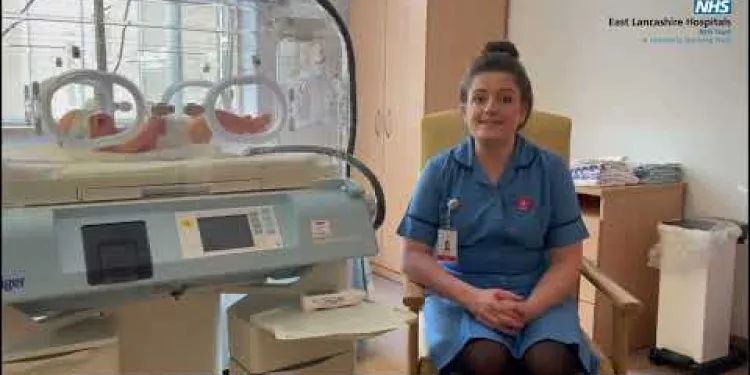
Jaundice in babies
Relevance: 13%
-
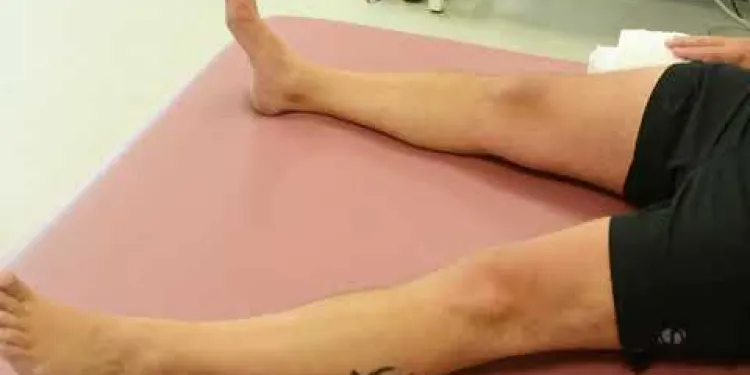
Joint School - Hip Exercises
Relevance: 13%
-
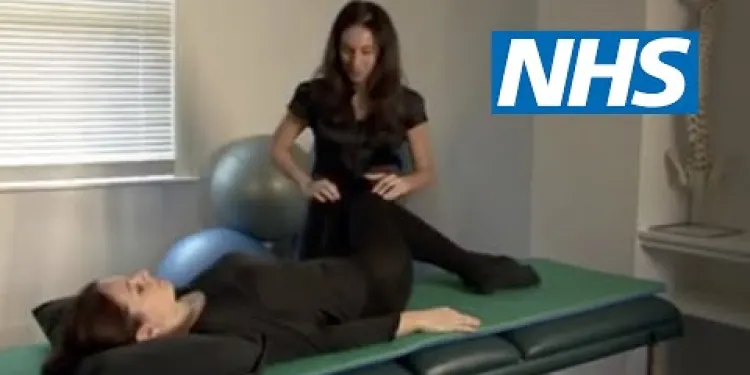
Exercises for sciatica: piriformis syndrome | NHS
Relevance: 13%
-
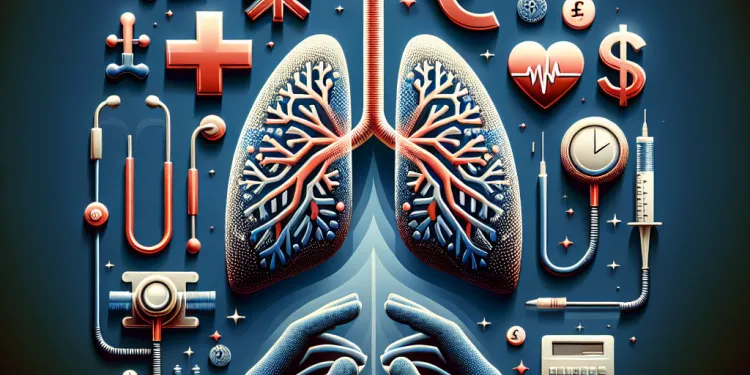
What is a pulmonary embolism?
Relevance: 13%
-

ACL pre-operation exercises
Relevance: 13%
-
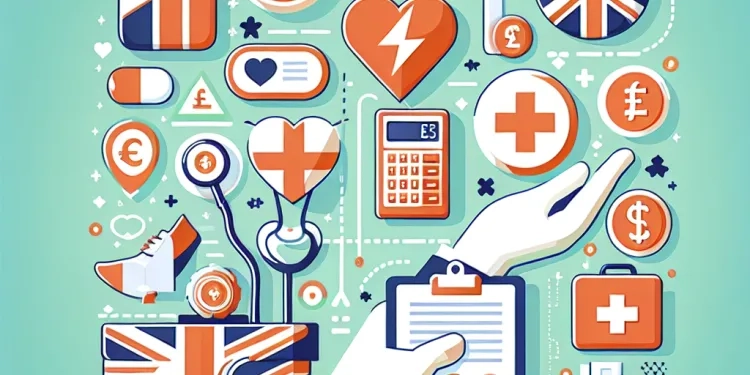
What is the best first aid certification to obtain?
Relevance: 13%
-

What role does diet play in the risk of developing bowel cancer?
Relevance: 13%
-

What are the symptoms of sickle cell disease?
Relevance: 12%
-

What are the common symptoms of lupus in children?
Relevance: 12%
What to Do About Red Legs
Understanding the Causes of Red Legs
Red legs can be a distressing symptom and may result from various conditions such as cellulitis, chronic venous insufficiency, or dermatitis. Identifying the underlying cause is crucial for appropriate treatment. Cellulitis, a bacterial infection of the skin and tissues beneath, often presents with redness, warmth, and swelling. Chronic venous insufficiency, a condition where the veins struggle to return blood from the legs to the heart, can also lead to redness and discomfort. Dermatitis, an inflammation of the skin, often results in red, itchy patches.
When to Seek Medical Advice
If you notice redness in your legs accompanied by pain, swelling, fever, or warmth, it's essential to seek medical advice promptly. These symptoms might indicate an infection or another serious condition that requires immediate attention. In the UK, you can contact your GP or visit an NHS walk-in centre for professional advice. If urgently needed, calling NHS 111 will provide guidance on the next steps.
Home Remedies and Self-care Measures
For non-severe cases, there are several self-care measures you can take. Elevating the legs helps improve blood circulation and reduce swelling. Applying cool compresses can also provide relief from redness and discomfort. Wearing compression stockings may benefit individuals with chronic venous insufficiency by supporting blood flow. Over-the-counter anti-inflammatory and antihistamine medications can help manage symptoms. However, these measures should complement, not replace, professional medical advice.
Preventive Strategies
Preventing red legs involves measures to maintain good leg health. Regular physical activity is crucial as it promotes circulation. Avoid sitting or standing for long periods, and take breaks to move around. Maintaining a healthy weight reduces the strain on your legs. Wearing comfortable, supportive footwear can also make a difference. For those with diabetes or other conditions that affect circulation, regular check-ups with a healthcare provider are essential.
Understanding Your Treatment Options
Treatment will vary depending on the cause of the redness. For cellulitis, antibiotics prescribed by a physician are necessary. Chronic venous insufficiency can be managed with lifestyle modifications, compression therapy, and in some cases, medical procedures. Dermatitis might require topical treatments, such as corticosteroids, and identifying and avoiding triggers. Always follow your healthcare provider’s recommendations to ensure effective treatment.
Conclusion
Red legs can be due to various causes, each requiring different approaches for management and treatment. Understanding the symptoms and seeking appropriate medical advice are key. In the UK, the NHS provides valuable resources and access to healthcare professionals. self-care measures can alleviate mild symptoms, but they should not replace professional healthcare, particularly in severe or persistent cases.
What to Do About Red Legs
Why Legs Turn Red
Red legs can be a worrying problem. There are different reasons why this happens, like cellulitis, chronic venous insufficiency, or dermatitis. Finding the cause is important to get the right treatment. Cellulitis is a skin infection that makes the skin hot, red, and swollen. Chronic venous insufficiency happens when veins have trouble moving blood from the legs to the heart, causing redness. Dermatitis is when the skin gets red and itchy because it is inflamed.
When to See a Doctor
If your legs are red and also hurt, swell, feel warm, or if you have a fever, you should see a doctor quickly. These could be signs of an infection or a serious problem. In the UK, you can talk to your General Practitioner (GP) or go to an NHS walk-in centre. You can also call NHS 111 for advice.
Things You Can Do at Home
If your red legs are not serious, you can do some things at home to help. Put your legs up to help blood flow and reduce swelling. Use a cold cloth on your legs to feel better. Wearing tight socks called compression stockings can help if your veins are the problem. You can also take medicine from the chemist to help with swelling and itchiness. Remember, these tips are not a replacement for a doctor's advice.
How to Keep Your Legs Healthy
There are ways to stop red legs from happening. Exercise is very good because it helps blood move through your legs. Do not sit or stand for a long time without moving. Keep a healthy weight to reduce pressure on your legs. Wear shoes that are comfortable and give support. If you have diabetes or problems with blood flow, see your doctor often.
Treatments for Red Legs
The treatment you need depends on why your legs are red. Cellulitis needs antibiotics from a doctor. For vein problems, you might need to change your lifestyle, wear special socks, or have a medical procedure. For skin problems like dermatitis, you might use creams and find out what is causing the irritation. Always listen to your doctor for the best treatment.
Conclusion
Red legs can be caused by different things, and each needs a different treatment. Knowing the signs and getting the right medical advice is important. In the UK, the NHS can help with support and medical care. You can do things at home for mild problems, but always see a doctor for serious cases.
Frequently Asked Questions
What causes red legs?
Red legs can be caused by various factors including dermatitis, infections, allergic reactions, or peripheral artery disease. It’s crucial to identify the cause for proper treatment.
When should I see a GP about red legs?
You should see a GP if the redness is accompanied by symptoms such as pain, swelling, warmth, fever, or if it doesn't improve within a few days.
Can I treat red legs at home?
For mild cases, you can try home remedies such as keeping the legs elevated, applying cold compresses, or using over-the-counter anti-inflammatory creams. Always consult your GP for persistent or severe symptoms.
What over-the-counter treatments are available for red legs?
Over-the-counter treatments include anti-inflammatory creams, antihistamines for allergic reactions, and moisturisers for dry skin conditions. Consult with a pharmacist for advice tailored to your situation.
Is red leg a sign of cellulitis?
Red legs can be a symptom of cellulitis, a bacterial skin infection. If the redness spreads rapidly or is accompanied by severe pain, fever, or chills, seek immediate medical attention.
Can allergies cause red legs?
Yes, allergic reactions to substances such as certain plants, medications, or insect bites can cause red, itchy, and swollen legs.
Are there any lifestyle changes that can help reduce red legs?
Maintaining good hygiene, avoiding irritants, keeping skin moisturised, and wearing loose-fitting clothing can help. For those with circulation issues, staying active and avoiding prolonged sitting or standing is beneficial.
What should I do if my child's legs are red?
If your child's legs are red, examine for any rashes, bites, or injuries. Use appropriate child-friendly treatments and consult a GP if the condition does not improve, worsens, or is accompanied by other symptoms.
Can stress cause red legs?
Stress itself is not a direct cause of red legs, but it can exacerbate conditions like eczema or psoriasis, which can cause redness.
What role does diet play in preventing red legs?
A balanced diet rich in vitamins and minerals supports overall skin health. Including anti-inflammatory foods and staying hydrated can also be beneficial.
Are red legs a symptom of diabetes?
Diabetes can lead to complications such as poor circulation and infections that can cause red legs. It's important to manage diabetes effectively to prevent such issues.
Can exercise help with red legs?
Regular exercise can improve circulation and reduce the risk of conditions that cause red legs. However, it’s important to avoid over-exertion and trauma to the legs.
Should I avoid certain foods if I have red legs?
It depends on the underlying cause of red legs. For inflammatory conditions, reducing intake of processed foods and sugary items might help. Consult your GP or a dietitian for specific advice.
Can wearing compression socks help with red legs?
Compression socks can help improve circulation, especially for conditions like varicose veins or chronic venous insufficiency, potentially reducing redness. Consult with a healthcare provider before use.
Can red legs be a sign of an emergency?
Yes, red legs can signal a serious medical condition such as cellulitis, deep vein thrombosis (DVT), or sepsis, especially if accompanied by severe symptoms like intense pain, fever, or sudden swelling. Seek immediate medical attention in such cases.
Why are my legs red?
Red legs can happen for different reasons. It could be a skin problem, an infection, an allergy, or a problem with blood flow. It's important to find out why to get the right help.
When should I talk to a doctor about red legs?
Go to the doctor if you have red skin and also feel pain, swelling, warmth, fever, or if it doesn’t get better in a few days.
Can I make my red legs better at home?
If your legs hurt a little, you can try things at home to feel better. You can lift your legs up, put something cold on them, or use a cream from the pharmacy that helps with pain and swelling. If your legs still hurt a lot, talk to your doctor.
What can I buy at the store to help with red legs?
Here are some things you can get without a prescription to help with red legs:
- Moisturizing Creams: Put on cream to make your skin feel soft.
- Aloe Vera Gel: Use aloe vera to cool and soothe your skin.
- Anti-Itch Lotions: Try lotion to stop itching.
- Pain Relief Creams: Put on cream to stop pain.
Tools to Help: Ask a friend or use a magnifying glass to read small print. If words are hard, ask someone to help explain them.
You can buy some treatments at the store without a prescription. These include creams to help with swelling, medicines for allergies, and lotions for dry skin. Talk to a pharmacist to find out what is best for you.
Does a red leg mean cellulitis?
A red leg can mean you have cellulitis. Cellulitis is when your skin gets infected. If your leg is red, warm, or hurts, see a doctor. They can help you feel better.
Here are some tips to help:
- Look at pictures of cellulitis to understand what it looks like.
- Ask someone to explain words you don't know.
- Use tools like text-to-speech to read the text out loud.
- Draw or use stickers to show how your leg feels.
Red legs can mean you have an infection in your skin called cellulitis. If the red area is getting bigger fast, or if you feel a lot of pain, have a fever, or feel very cold, see a doctor right away.
Tips to help: Use a thermometer to check for fever. Ask someone to help you look at your leg to see if it's getting redder.
Can allergies make legs red?
Yes, allergies can make your legs red. Here is how:
- Some people have allergies to things like plants, pets, or foods.
- When they touch or eat these things, their skin can get red and itchy.
If your legs feel red and sore, try these tips:
- Avoid the things that make you allergic.
- Put on some cream that helps with itching.
- Ask an adult or a doctor for advice.
Remember, it’s always good to talk to a doctor if you feel unwell.
Yes, sometimes things like certain plants, medicine, or bug bites can make your legs red, itchy, and puffy.
Can changing how I live help my red legs feel better?
Yes, changing some things in your life might make your red legs feel better. Here are some ideas:
- Put your feet up: When you sit, try to raise your legs. This can help blood flow.
- Move around: Walk a little each day. It helps your legs stay healthy.
- Drink water: Water is good for your body. Try to drink enough every day.
- Talk to a doctor: If your legs hurt or are very red, a doctor can help.
Ask someone you trust if you need help with these changes. They can show you how to do them.
It's important to keep clean, stay away from things that might irritate your skin, and use lotion to keep your skin soft. Wear clothes that fit comfortably.
If you have problems with blood flow, try to move around and not sit or stand for too long. This can help you feel better.
What to do if your child’s legs are red?
If your child has red legs, here is what you can do:
- Stay calm. Remember, it's important to stay calm.
- Check the skin. Look at the red areas carefully.
- Ask your child if it hurts. See if your child feels pain or itching.
- Use cool water. Gently wash the area with cool water.
- Watch for changes. If the redness gets worse, call a doctor.
Using picture books or apps can also help explain things to your child.
If your child's legs are red, look closely for any rashes, bites, or injuries. You can use gentle treatments made for kids. If the redness doesn't go away, gets worse, or if your child has other problems, talk to a doctor.
Can stress make your legs turn red?
Stress can sometimes change how our bodies feel and look. It might make your legs turn red. If you feel stressed and notice red legs, it can help to talk to someone you trust, like a parent or teacher. You can also try relaxing activities like deep breathing or drawing. If you are worried, it’s a good idea to see a doctor. They can help you understand what is happening.
Stress does not make your legs red by itself. But it can make skin problems worse. These skin problems, like eczema or psoriasis, can make your skin red.
How can the food you eat stop red legs?
Eating lots of healthy foods helps keep your skin healthy. Try to eat foods with vitamins and minerals. Drinking water and eating foods that help with swelling can also be good for your skin.
If you find reading hard, try using audiobooks or ask someone to read with you.
Do red legs mean you have diabetes?
Diabetes is a sickness that can make blood move slowly in your body. This can sometimes make your legs red and sore. It can also cause cuts or sores that don't heal well. It's really important to take good care of your diabetes to stop these problems.
Can exercise help if your legs are red?
Sometimes, moving your body or doing exercises can help if your legs are red.
Here are some tips to try:
- Go for a walk or do light stretches.
- Drink plenty of water to stay healthy.
- Rest your legs by putting them up on a pillow.
If you need help, ask a friend or family member to join you.
Remember, it's good to check with a doctor if the redness does not go away.
Moving your body often can help keep your blood flowing well and make your legs healthy. It can stop problems that make your legs look red. But be careful not to overdo it or hurt your legs.
What foods should I not eat if my legs are red?
Red legs can happen for different reasons. Eating less junk food and sugary snacks might help if it's about swelling. Talk to your doctor or a food expert to know what’s best for you.
Do compression socks help with red legs?
Compression socks are special tight socks. They can help blood flow better in your legs. When blood flows better, it might help if your legs are red.
You can try wearing compression socks to see if they help your red legs feel better.
If you need help putting on your socks, ask someone you trust. Using a sock aid tool can also make it easier.
Always talk to a doctor or nurse before trying new things for your health. They will know what is best for you.
Compression socks can help blood flow better in your legs. They are good for problems like swollen veins or poor blood flow. This might help with redness. It is important to talk to a doctor before using them.
Are red legs a sign of danger?
If your legs are red, it might mean something serious.
It is important to tell a doctor or grown-up. They can help.
You could use tools like pictures or speak-to-text apps to explain how you feel.
Red legs can mean something serious. It might be an illness like cellulitis, a blood clot called deep vein thrombosis (DVT), or an infection called sepsis. If you have bad pain, a high fever, or your leg swells up quickly, you should see a doctor right away.
Useful Links
- Ergsy carfully checks the information in the videos we provide here.
- Videos shown by Youtube after a video has completed, have NOT been reviewed by ERGSY.
- To view, click the arrow in centre of video.
- Most of the videos you find here will have subtitles and/or closed captions available.
- You may need to turn these on, and choose your preferred language.
- Go to the video you'd like to watch.
- If closed captions (CC) are available, settings will be visible on the bottom right of the video player.
- To turn on Captions, click settings .
- To turn off Captions, click settings again.
More Items From Ergsy search
-

What to do about red legs
Relevance: 100%
-

Leg ulcer see Venous leg ulcer
Relevance: 58%
-

Leg Ulcers
Relevance: 57%
-

Leg amputation and life afterwards
Relevance: 50%
-

Is it dangerous driving to run a red light?
Relevance: 46%
-

2 episodes of cellulitis and been given antibiotics but the redness doesn't seem to be improving?
Relevance: 43%
-

Pilates for back pain: Standing on one leg | NHS
Relevance: 40%
-

What are the symptoms of deep vein thrombosis (DVT)?
Relevance: 33%
-

What are the symptoms of arterial thrombosis?
Relevance: 21%
-

What are the risks associated with hip replacement surgery?
Relevance: 20%
-

A guide to hospital-acquired deep vein thrombosis and pulmonary embolism
Relevance: 19%
-

Which spiders in the UK can bite humans?
Relevance: 18%
-

What are the main types of eczema?
Relevance: 18%
-

What is thrombosis?
Relevance: 17%
-

ACL exercises post-operation
Relevance: 17%
-

What are the types of thrombosis?
Relevance: 17%
-

How to put someone into the recovery position | NHS
Relevance: 16%
-

What are the complications of sickle cell disease?
Relevance: 16%
-

How can I tell if bites are from bed bugs?
Relevance: 15%
-

How big can spiders in the UK get?
Relevance: 15%
-

Hip replacement - getting into bed
Relevance: 15%
-

Knee Care Exercises
Relevance: 15%
-

Exercises for sciatica: herniated or slipped disc | NHS
Relevance: 14%
-

What are common types of mobility equipment?
Relevance: 14%
-

What should I wear for exercising during pregnancy?
Relevance: 14%
-

Falls Prevention - strength and balance exercises
Relevance: 14%
-

Useful information for patients with lower back pain
Relevance: 14%
-

What types of blood products can be transfused?
Relevance: 13%
-

What are the symptoms of Zika virus?
Relevance: 13%
-

What are the primary symptoms of motor neurone disease?
Relevance: 13%
-

Is the bite from a false widow spider dangerous?
Relevance: 13%
-

Jaundice in babies
Relevance: 13%
-

Joint School - Hip Exercises
Relevance: 13%
-

Exercises for sciatica: piriformis syndrome | NHS
Relevance: 13%
-

What is a pulmonary embolism?
Relevance: 13%
-

ACL pre-operation exercises
Relevance: 13%
-

What is the best first aid certification to obtain?
Relevance: 13%
-

What role does diet play in the risk of developing bowel cancer?
Relevance: 13%
-

What are the symptoms of sickle cell disease?
Relevance: 12%
-

What are the common symptoms of lupus in children?
Relevance: 12%


